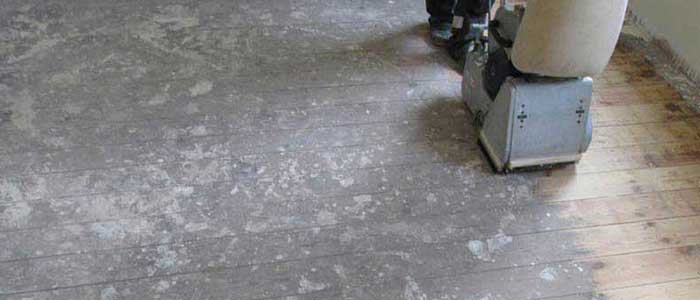If you are planning a renovation process in a room, where a real wood floor is installed, you definitely want to make everything possible to protect the surface of the floor from paint splashes and stubborn stains. Especially if you attempt to paint the walls as a DIY project, having the proper preparation is essential. Here is some advice on how to protect the wooden floor from paint splashes and how to remove them.
Real wood floors are, hands down, a serious investment and you don’t want to replace the whole floor every time it is damaged by something. In order to keep it in good condition and flawless look for longer, you have to make sure you protect it and maintain its condition and look. Especially when it comes to home renovation, having the proper preparation is a key moment. Painting your walls is a process, which may end up with some serious stains to ruin the whole appearance of the floor, so here is how to prevent that.
If you are painting your walls, you are most probably going to use a step ladder. The first and most important thing is to check the feet of the step ladder and if they are protected with rubber. The rubber protection will prevent scratches and dents because there should be no bare metal or harsh edges. Once you make sure the feet of the step ladder is protected, you have to protect the surface of the floor with dust sheets. Placing dust sheets will protect from paint splashes and stains and also add additional protection from scratches.
If the floor is already stained, here is what to do:
Make sure to remove the paint splashes immediately. Soapy warm water should be enough to remove them, simply make sure to also remove the excess water, since moisture is not good for wooden floors.
If the paint has dried, the stain may start to peel off. In that case, wipe with a damp cloth with soapy water, but don’t use an abrasive wipe.
If the paint is oil-based and split over a large area, wiping it with a cloth and soapy water won’t be enough. If the stains are stubborn, you are probably going to need professional help. Make sure to ask the wood floor sanding and refinishing specialists for help.
Sanding is the process of removing the finishing top layer and if the wood underneath is stained – also a thin layer where stained. After the sanding process, the surface has to be refinished and stained with a wood floor dye over, if needed. There is an option for spot restoration, so don’t worry the service will cost you too much money, or that it will be time-consuming.

Be the first to comment on this post.